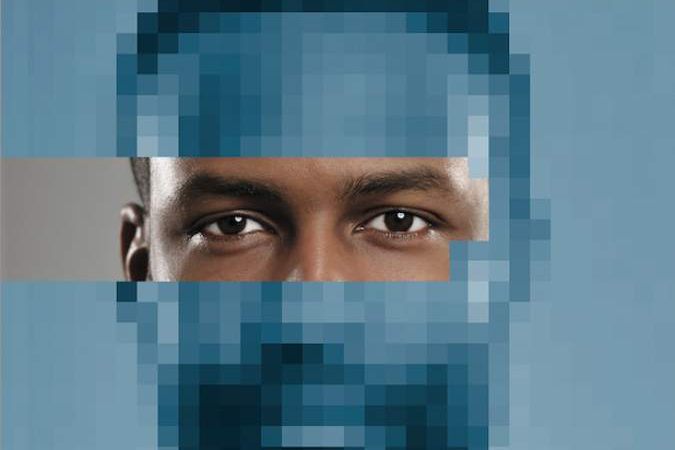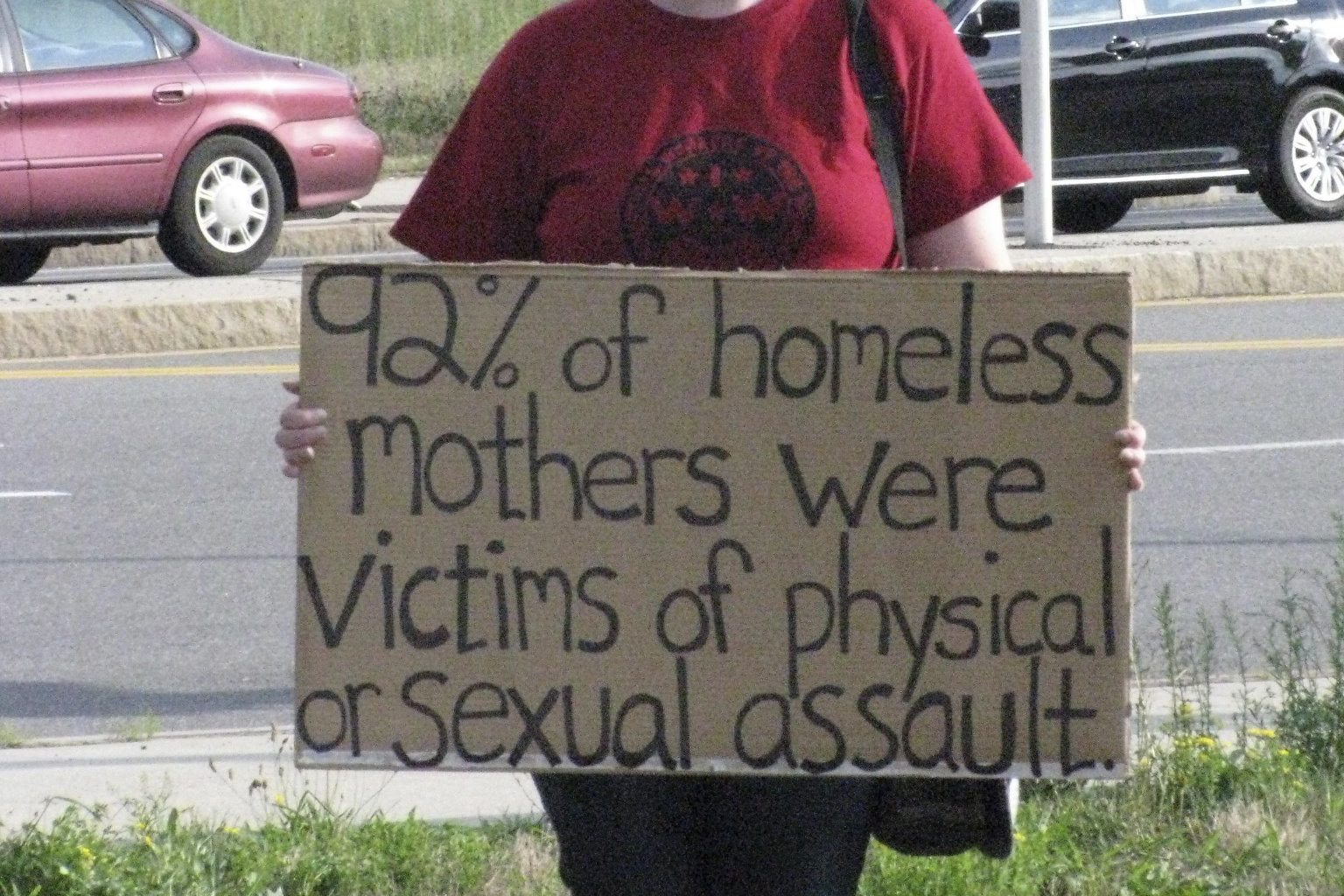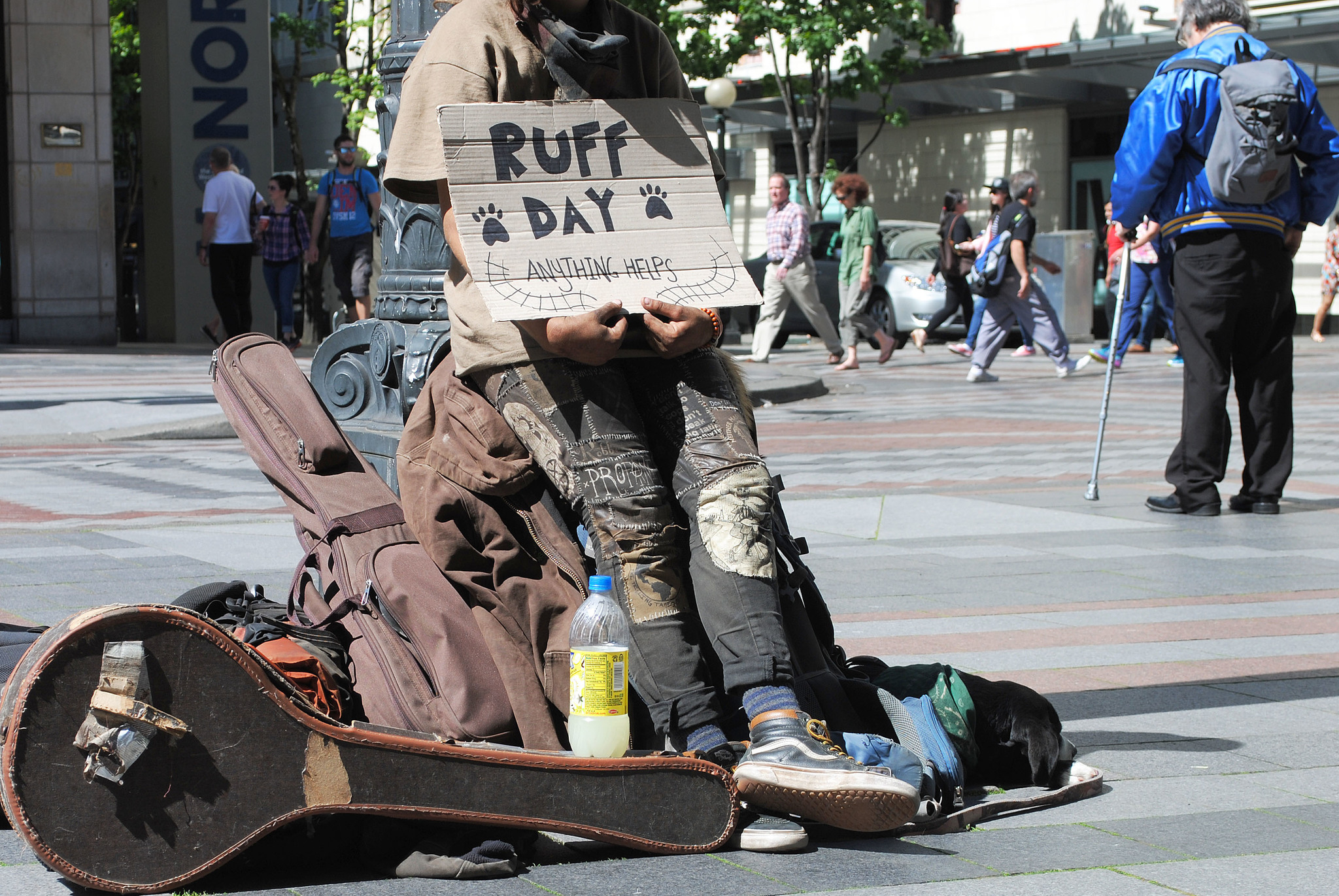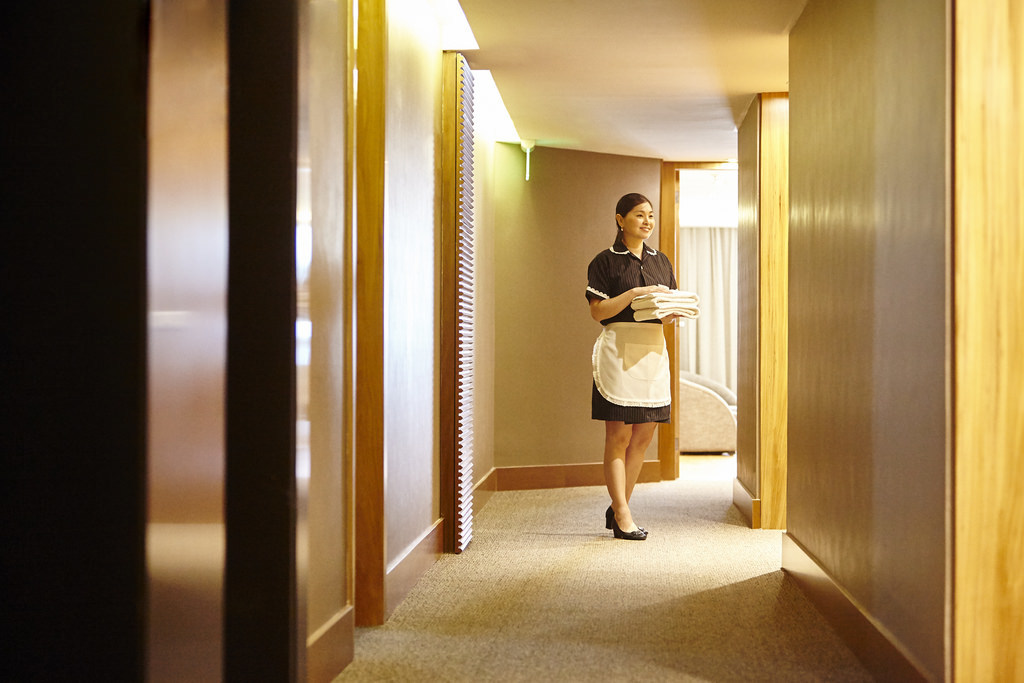African Americans in the Seattlemetropolitan area earn just 58 percent of what their white counterparts do, according to a new report out Tuesday from the Urban League of Metropolitan Seattle.
The data is part of the “national inequality rankings” put out each year by the Urban League’s national office. The 58 percent figure places this area 27th in the country in income equality, according to the report, which lists metro areas from greatest to least amounts of inequality. That’s an improvement over last year’s ranking, which places Seattle in 29th, but nothing to crow about.
“We must continue to partner with our local and state officials as well as our community to connect African Americans to livable wages and educational opportunities to close this gap and create equality for all,” Urban League of Metropolitan Seattle CEO Pamela Banks said in a press release.
The Seattle-Tacoma-Bellevue area did better on unemployment, ranking 17th in the country; however, that was a major drop from the 2015 ranking of 7th.
Tuesday marked the 40th anniversary of the annual report, so it takes a retrospective look at where black and Latino Americans stand in comparison to when the report began. Over the last 40 years, the black poverty rate has held remarkably steady, dropping a whopping 2.4 percent from 29.4 percent to 27 percent.
“In the very first State of Black America report in 1976, then-president Vernon Jordan wrote, ‘The urgency of the problems that grip the American people allow no time for delay or for half-way measures,’” National Urban League President and CEO Marc H. Morial said in the same release. “Sadly, the problems he described 40 years ago continue to grip the American people, and it’s long past time to meet them with full-measured urgency.”
The Equality Index examines economics, health, education, social justice and civic engagement to create an index that tracks progress. An index of 100 percent would mean full equality.
The 2016 Equality Index of Black America stands at 72.2 percent, just slightly higher than the 2015 index of 72.0 percent. The largest increase was in the area of education, with an unassuming leap from 76.1 percent to 77.4 percent. There were even smaller increases in economics (from 55.5 percent to 56.2 percent) and social justice (60.6 percent to 60.8 percent). The civic engagement index took a nosedive over the last year, declining from from 104.0 percent to 100.6 percent, while the health index dropped from 79.6 percent to 79.4 percent.
Along with its report, the National Urban League outlined a comprehensive national remedy for the persistent inequities the report highlights. The Main Street Marshall Plan: From Poverty to Shared Prosperity, unveiled with the report during a live broadcast from the Newseum’s Knight Studio in Washington, D.C., calls for a $1 trillion investment over five years in the following areas:
-Universal early childhood education
-A federal living wage indexed to inflation
-An urban infrastructure fund to fund schools, community centers, libraries, water systems and urban transportation
-A new Main Street small- and micro-business financing plan with emphasis on businesses owned by women and people of color
-Expansion of summer youth employment programs
-A combination of tax credits, training programs and expansion of the social safety net








